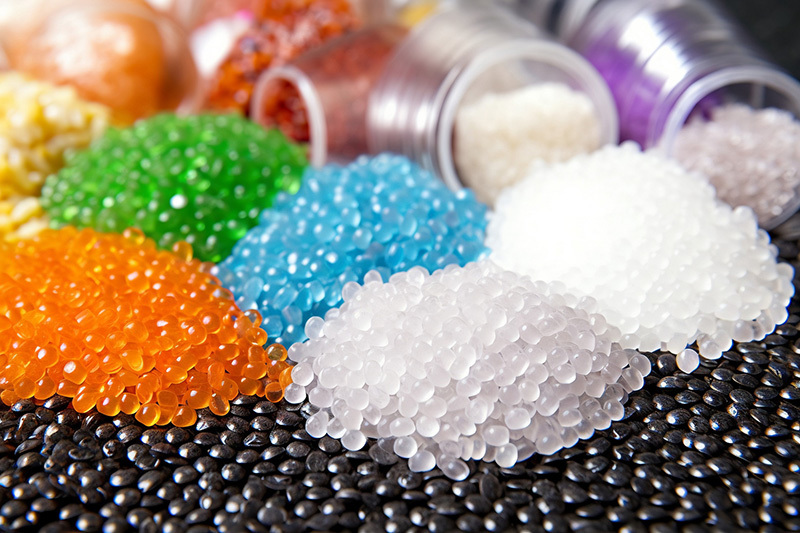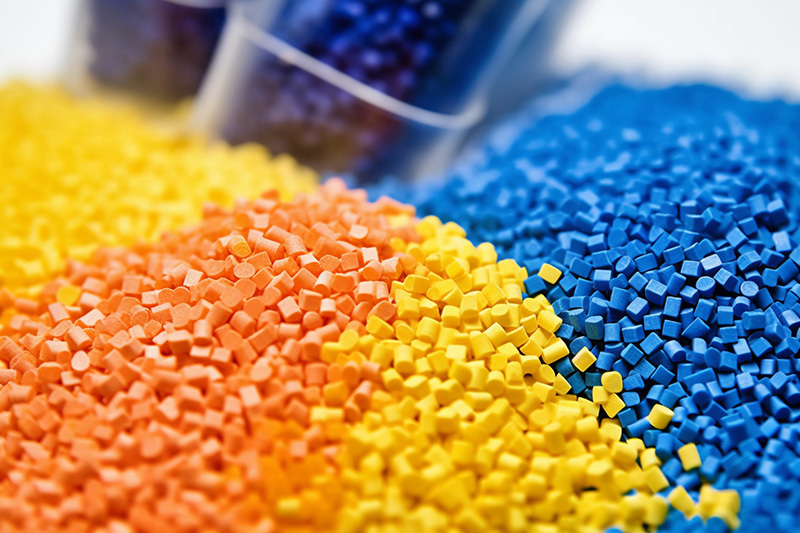Causes and Solutions of Leakage in Hydraulic System of Injection Molding Machine
Release time:
2022-01-10
Leakage is a common failure phenomenon in injection molding machines, which is mainly caused by the pressure difference and gap between the components when the hydraulic components and the liquid in the pipeline flow. In addition, poor working conditions will also have a certain impact on the sealing of the injection molding machine. Once the hydraulic system leaks, it will cause the system pressure to be unable to establish, and the leakage of hydraulic oil will also cause environmental pollution, affect production, and even cause immeasurable serious consequences. Below, we will briefly discuss the causes and countermeasures of the leakage of the hydraulic system of the injection molding machine.

1. Overview
Leakage is a common failure phenomenon in injection molding machines, which is mainly caused by the pressure difference and gap between the components when the hydraulic components and the liquid in the pipeline flow. In addition, poor working conditions will also have a certain impact on the sealing of the injection molding machine. Once the hydraulic system leaks, it will cause the system pressure to be unable to establish, and the leakage of hydraulic oil will also cause environmental pollution, affect production, and even cause immeasurable serious consequences. Below, we will briefly discuss the causes and countermeasures of the leakage of the hydraulic system of the injection molding machine.
2. Classification of leakage
There are two main types of leakage in the hydraulic system of the injection molding machine: leakage at the fixed seal and leakage at the moving seal. The leakage at the fixed seal mainly includes the connection between the bottom of the cylinder and various pipe joints, while the leakage at the mobile seal mainly includes the piston rod of the oil cylinder, the valve stem of the multi-way valve and other components. From the perspective of oil leakage, it can also be divided into external oil leakage and internal oil leakage. External leakage mainly refers to the leakage of hydraulic oil from the system to the environment, while internal leakage refers to the hydraulic oil flowing from the high pressure side to the low pressure side in the system due to the pressure difference between the high and low pressure sides and the failure of the seal.
3. Causes affecting leakage
(1) Design factors
(1) Selection of seals
The reliability of the hydraulic system depends to a large extent on the design of the seals of the hydraulic system and the choice of sealing components. Due to the unreasonable selection of sealing structure in the design, the selection of sealing parts is not standardized, and the compatibility type, load condition, limit pressure, working speed and ambient temperature changes of hydraulic oil and sealing material are not considered in the design. These directly or indirectly lead to different degrees of hydraulic system leakage. In addition, due to the presence of dust and impurities in the working environment of the injection molding machine, appropriate dust seals should be selected in the design to prevent dust and other pollutants from entering the system, damaging the seals, polluting the oil, and causing leakage.
(2) Other design reasons
In the design, the geometric accuracy and roughness of the moving surface are not comprehensive enough, and there is no strength verification of the connecting parts in the design, which may cause leakage in mechanical work.
(2) Manufacturing and assembly factors
(1) Manufacturing factors
All hydraulic components and sealing components have strict requirements on dimensional tolerances, surface treatment, surface smoothness and position tolerances. If the manufacturing process exceeds the tolerance, such as the piston radius of the cylinder, the depth or width of the sealing groove, the size of the hole where the sealing ring is installed exceeds the tolerance, or the machining problems cause out of round, burr or depression, chromium peeling, etc., the sealing parts will be deformed, scratched, pressed or pressed firmly, resulting in the loss of sealing function. It can cause congenital leakage points in the parts themselves, which may occur after assembly or during use.
(2) Assembly coefficient
Avoid rough handling when assembling hydraulic components. Using too much force will cause deformation of the parts, especially when using copper rods to hit the cylinder, sealing flanges, etc.; before assembly, the parts should be carefully checked. When assembling, the parts should be immersed in a small amount of hydraulic oil and pressed in gently. Diesel fuel should be used for cleaning, especially rubber parts such as sealing rings, dust rings and O-rings. If gasoline is used, it is easy to age, lose its original elasticity, and lose its sealing function.
(3) Oil contamination and component damage
(1) Gas pollution
At atmospheric pressure, about 10% of air can be dissolved in hydraulic oil. Under the high pressure of the hydraulic system, more air or gas will be dissolved in the oil. The air forms bubbles in the oil. If the pressure of the hydraulic support changes rapidly between high pressure and low pressure during operation, it will cause bubbles to generate high temperature on the high pressure side and burst on the low pressure side. If the surface of the hydraulic system component is pitted and damaged, the hydraulic oil will rush to the surface of the component at high speed, accelerating surface wear and causing leakage.
(2) Particulate pollution
As the main executive component of the hydraulic system of some injection molding machines, the hydraulic cylinder will be exposed to the environment due to the position of the piston rod during the working process




